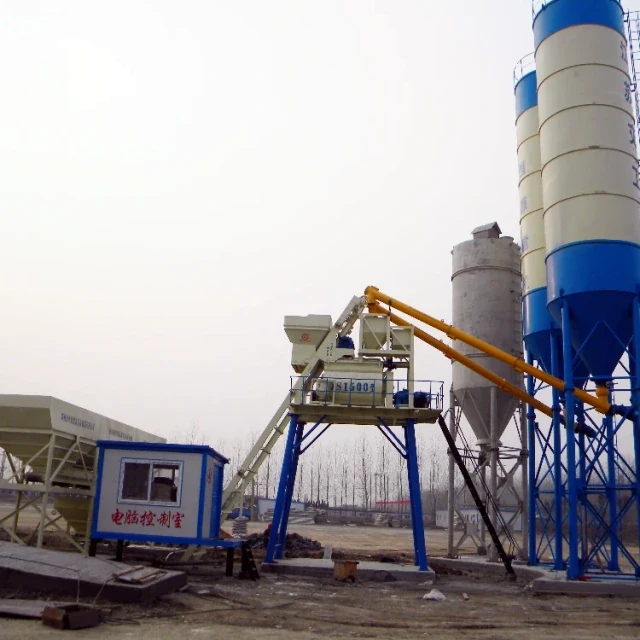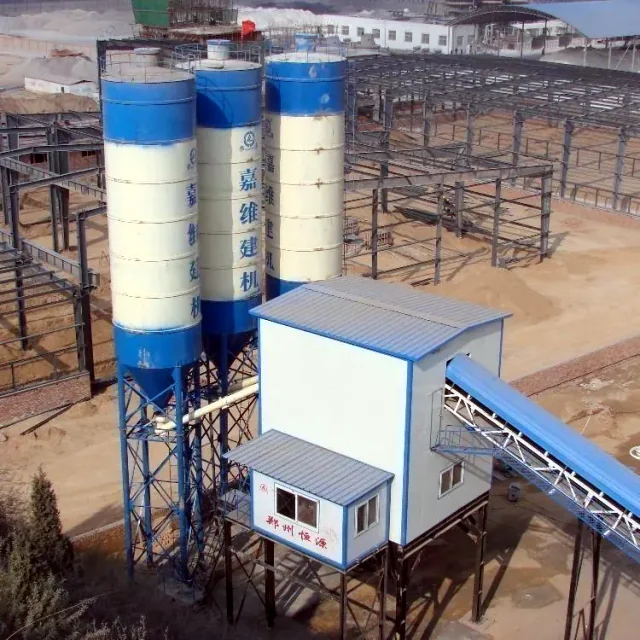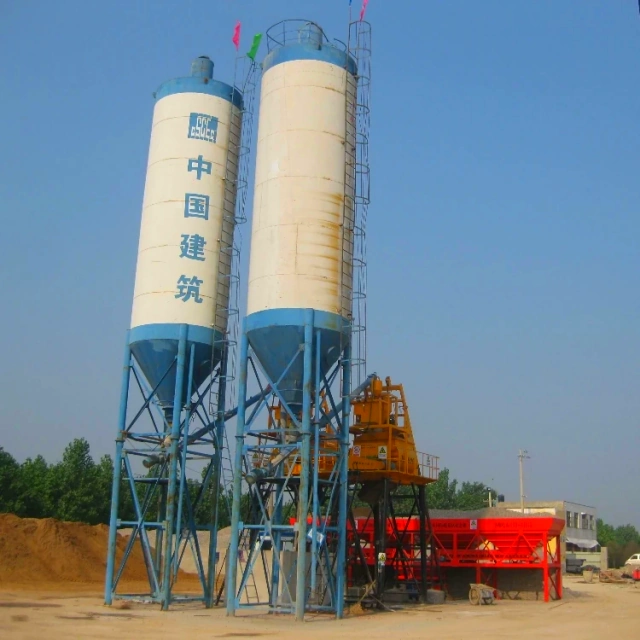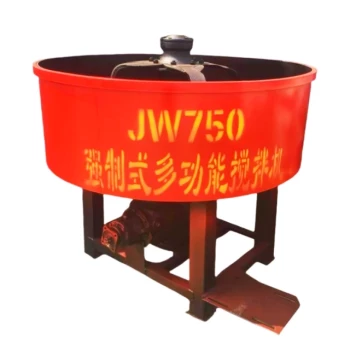Introduction
Screw conveyors move everything from grains to industrial powders, but their reliability hinges on one often-overlooked detail: the gap between the screw flight and conveyor shell. Too tight, and you risk costly wear or blockages; too loose, and efficiency plummets. This article breaks down the engineering principles behind optimal gap specifications, real-world consequences of improper clearances, and actionable maintenance strategies—helping operators extend equipment lifespan while reducing unplanned downtime.
Screw Conveyor Gap Fundamentals
The Critical Role of Shell Clearance in Material Handling
The gap between the screw flight and conveyor shell directly controls three operational factors:
- Material Flow: A properly sized gap prevents backflow while allowing smooth movement. For abrasive materials like cement, even a 3mm deviation can cause uneven distribution and premature wear.
- Energy Efficiency: Larger gaps force motors to work harder to push materials, increasing power consumption by up to 15% (observed in grain handling systems).
- Contamination Risk: In food or pharmaceutical applications, insufficient clearance traps particles, creating hygiene hazards.
Ever wondered why identically sized conveyors handle materials differently? The answer often lies in millimeter-level gap variations.
Key Factors Influencing Nominal Gap Determination
Gap specifications aren’t arbitrary—they’re calculated based on:
- Material Characteristics: Sticky materials (e.g., wet clay) require 1.5–2x the gap of free-flowing grains.
- Screw Diameter: Industry standards like CEMA recommend gaps scaling with diameter (e.g., 5–10mm for 150mm screws vs. 12–20mm for 300mm screws).
- Temperature Effects: Metal expansion in high-heat environments may necessitate larger initial gaps.
Optimizing Conveyor Performance
Consequences of Insufficient Gaps: Wear, Blockages, and Energy Loss
A cement plant case study revealed the domino effect of incorrect gaps:
- Flight Tip Wear: A 2mm undersized gap caused flight tips to grind against the shell, requiring replacement every 6 months instead of the typical 3-year cycle.
- Material Buildup: Hardened cement accumulated in the narrowed space, forcing weekly shutdowns for manual cleaning.
- Motor Overload: The system drew 18% more current, tripping safety relays during peak loads.
Think of the gap as a pressure valve—too small, and the system strains; too large, and control slips away.
Proactive Maintenance: Measuring and Adjusting Gaps in Practice
Three steps to maintain optimal performance:
- Laser Profiling: Use portable laser scanners to map gaps at multiple points (wear often occurs unevenly).
- Wear Plates: Install replaceable wear plates on screw flights to extend service intervals.
- Dynamic Adjustment: For variable materials, consider conveyors with adjustable shell liners (common in Garlway’s industrial-grade models).
Industry Insights and Best Practices
Case Study: Resolving Cement Plant Downtime Caused by Gap Deviation
A Midwest plant reduced annual maintenance costs by $62,000 after:
- Increasing gaps from 6mm to 8mm for their clinker conveyors
- Switching to hardened flight tips
- Implementing quarterly gap inspections using template gauges
Alignment with CEMA Standards for Agricultural and Industrial Applications
While CEMA provides baseline guidelines, smart operators adapt gaps to their specific conditions:
| Material Type | Recommended Gap | Adjustment Factor |
|---|---|---|
| Free-flowing grains | 5–8mm | Temperature ±1mm |
| Abrasive powders | 8–12mm | Moisture +2mm |
| Fibrous biomass | 12–15mm | Compression -3mm |
Conclusion: Precision Gaps, Predictable Performance
Screw conveyor gaps might seem minor, but they’re the linchpin of operational reliability. By:
- Auditing gaps during routine maintenance
- Customizing clearances for material behavior
- Monitoring power draw as a wear indicator
Operators can turn a maintenance headache into a competitive advantage. For heavy-duty applications, explore Garlway’s gap-adjustable conveyors designed to handle fluctuating industrial demands—where precision engineering meets real-world material challenges.
Related Products
- Ready Mixer Machine for Construction Ready Mix Machinery
- Portable Concrete Mixer Machine Equipment for Mixing Concrete
- Commercial Construction Mixer Machine for Soil Cement Mixing Concrete
- Hydraulic Concrete Mixer Machine Cement Mixing Equipment for Mixture Concrete
- Shaft Mixer Machine for Cement and Regular Concrete Mixing
Related Articles
- How Ignoring Concrete Mixer Manuals Endangers Workers and Invites Legal Consequences
- How to Build an OSHA-Compliant Safety System for Concrete Mixer Workspaces
- How to Test Concrete Mixer Brake Systems for Optimal Safety and Compliance
- How to Choose Concrete Mixers for Long-Term Reliability and Cost Savings
- How to Choose the Right Concrete Type for Every Construction Challenge














